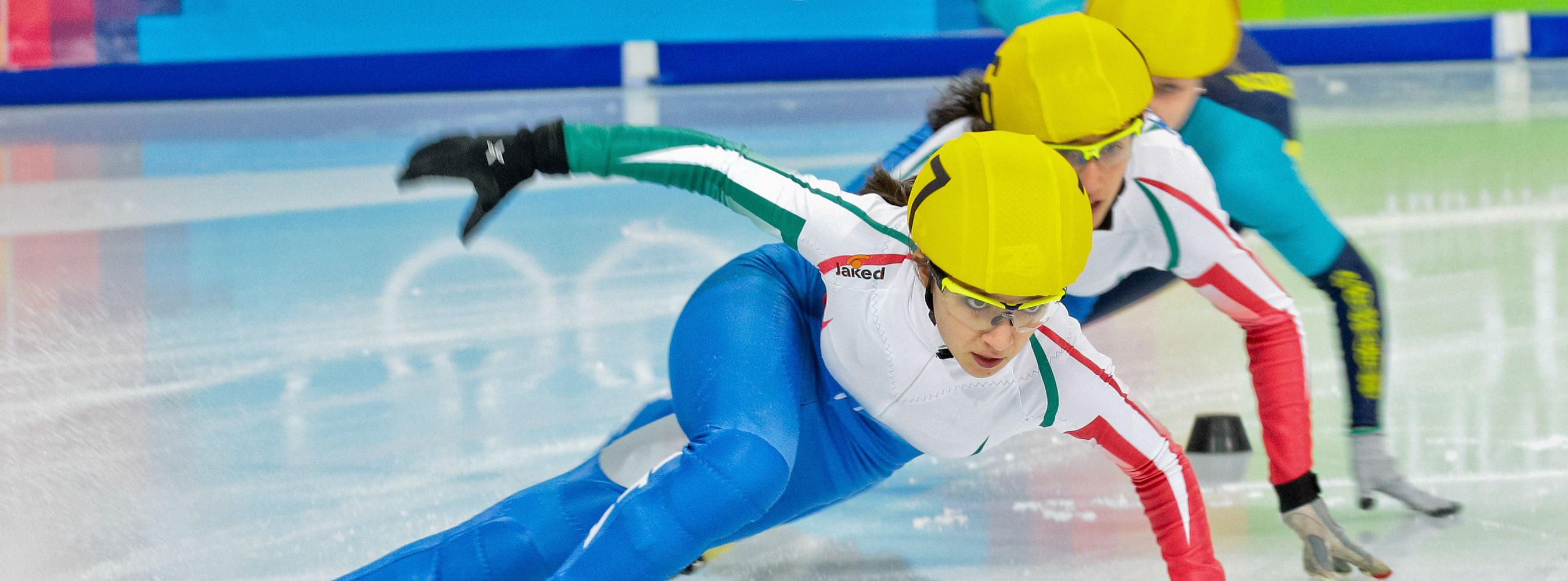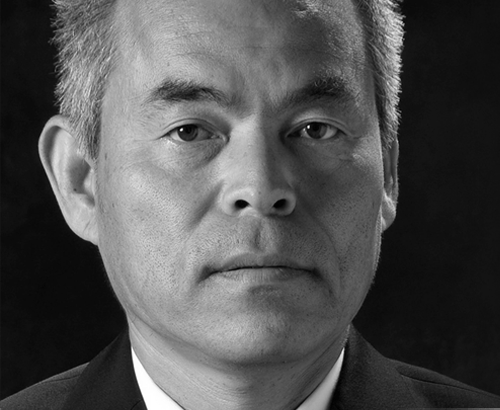How Olympic Athletes Use Light to Improve Performance
February 2018 - by Christopher Winter, MD
I like this
Whatever physiological variables we measure, we usually find that there is a maximum value at one time of day and a minimum value at another. — Jurgen Aschoff, "Circadian Rhythms in Man," Science, 1965.
Jurgen Aschoff was a German biologist and physician who is credited with helping found the field of chronobiology, or the study of how internal body rhythms influence the behavior of living organisms. One of these behaviors, body temperature changes, was discovered to change in a predictable pattern every 24 hours (also known as a sinusoidal wave).
As time passed, many other biological functions would be linked to these rhythms, called circadian rhythms. Sleeping, cognitive functions, blood production by our bone marrow, digestion, and many bodily processes follow this 24-hour cycle.
Now, imagine you are an Olympic skier preparing to begin your quest for the Olympic Gold. You would start by creating an inventory of skills that would need to convene at precisely the right moment for you to edge out your competition: strength, concentration/focus, balance, confidence, executive functioning, memory, problem solving, mood, visual and sensory processing…the list is nearly endless.
Now, imagine each of those factors as Dr. Aschoff did—as variables that rise to a maximum and fall to a minimum every 24 hours (sinusoidal waves). Suddenly, an athlete’s performance in a football game or a student’s performance in the classroom seem to rely heavily on two things:
- How aligned are the waves of these different variables? In other words, is an individual’s visual processing, strength, and sensory processing peaking at about the same time? In the graph below, all of these variables are peaking at different times.

- If the waves are alighted, is that time at or around the time of the competition or event? In other words, is the individual peaking at the right time or not? In the graph below, all of the variables are aligned perfectly, setting the stage for ideal performance.

As a sleep specialist, I’ve spent years trying to help both patients and elite athletes accomplish the second point. We work constantly to refine their sleep schedules, their meal timing and when they take field. From making subtle adjustments to the light in which they are exposed to manipulating temperature, we have the ability to make an athlete’s brain believe it is competing at a time that is different from the clock on the Jumbotron at the arena. Even seemingly unrelated factors, like who an athlete rooms with in the Olympic Village, can influence the process!
The upcoming Winter Olympics will ruthlessly expose athletes who do not take these crucial steps to align their performance with their new Korean timezone. Think about the first point: how aligned are the waves of these different variables that affect elite athletes’ performances? What keeps those processes aligned? For the most part, the answer is light.
The problem is that for light to work, we need to be exposed to a changing state of light: a sunrise followed by a sunset. Prior to the lightbulb, this was not an issue. Now, with light being present on a constant basis if one chooses, we begin to recreate an environment of near constant light. In this environment, many researchers have found that the natural alignment of our body’s processes can become disturbed. In other words, light has the unique ability to regulate our circadian rhythms. With advances in the type of lighting we can choose to be surrounded by, this lost ebb and flow of light can be recreated (and in many ways restored).
As you watch a skier race down a snow-covered mountain using the most advanced gear in her sport, look behind her goggles and consider how the light in her eyes influences the medal around her neck.








